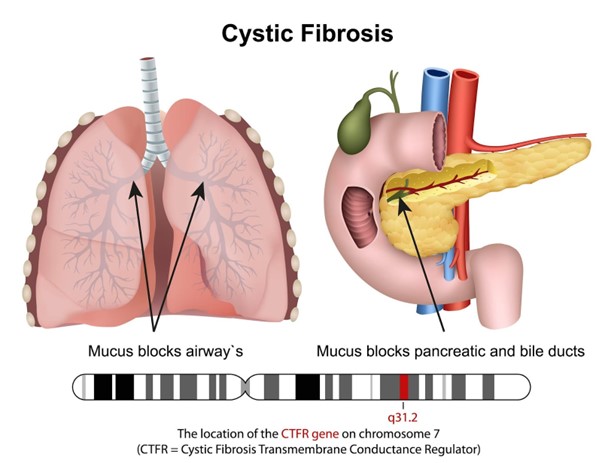A nurse is caring for a client who is experiencing expressive aphasia and right hemiparesis following a stroke.
Which of the following actions by the nurse best promotes communication among staff caring for the client?
Posting swallowing precautions at the head of the client’s bed
Noting changes in the treatment plan in the client’s medical record.
Having interdisciplinary team meetings for the client on a regular basis
Recording the client’s progress in the nurses’ notes
The Correct Answer is C
Having interdisciplinary team meetings for the client on a regular basis.
This action best promotes communication among staff caring for the client because it allows for consistent and coordinated care planning, information sharing, and goal setting for the client who has expressive aphasia and right hemiparesis following a stroke.
Choice A is wrong because posting swallowing precautions at the head of the client’s bed does not promote communication among staff, but rather informs them of the client’s risk of aspiration due to dysphagia, which is a common complication of stroke.
Choice B is wrong because noting changes in the treatment plan in the client’s medical record is a standard practice that does not necessarily enhance communication among staff, but rather documents the client’s progress and interventions.
Choice D is wrong because recording the client’s progress in the nurses’ notes is also a standard practice that does not necessarily enhance communication among staff but rather provides a summary of the client’s status and care.
Expressive aphasia is an acquired language disorder that affects the ability to produce spoken or written language, while right hemiparesis is a weakness or partial paralysis of the right side of the body.
Both of these conditions are caused by damage to the left hemisphere of the brain, which is responsible for language and motor control of the right side of the body. Stroke and traumatic brain injury are common causes of left hemisphere-damage
Nursing Test Bank
Naxlex Comprehensive Predictor Exams
Related Questions
Correct Answer is B
Explanation
The correct answer is B.
Choice A reason: Completing oral hygiene is important for overall health, especially for individuals with cystic fibrosis, as they are at a higher risk for dental problems due to thick mucus that can harbor bacteria. However, oral hygiene does not have a direct impact on the effectiveness of postural drainage. Postural drainage is a technique used to clear mucus from the lungs, and while maintaining oral hygiene is beneficial, it is not a prerequisite for this procedure.
Choice B reason: Using a bronchodilator, such as an ibuterol inhaler, is recommended before postural drainage because it helps to open the airways, making the procedure more effective. Bronchodilators work by relaxing the muscles around the airways, which can become constricted in conditions like cystic fibrosis. This relaxation allows for easier clearance of mucus during postural drainage.
Choice C reason: Pancrelipase is an enzyme supplement used to aid digestion in patients with cystic fibrosis, who often have pancreatic insufficiency. While taking pancrelipase is crucial for nutrient absorption, it is not specifically related to the respiratory treatment of postural drainage. Therefore, it is not necessary to take pancrelipase immediately before this procedure.
Choice D reason: Eating a meal before postural drainage is not recommended. The procedure involves placing the body in positions that facilitate the drainage of mucus from the lungs due to gravity. Having a full stomach can cause discomfort, increase the risk of vomiting, and may hinder the effectiveness of the drainage. It is best to perform postural drainage when the stomach is empty, either before meals or at least 1.5 hours after eating.

Correct Answer is C
Explanation
Choice A option
Fibrinogen level: Fibrinogen is a protein involved in the blood clotting process, but in this case, it is not appropriate because is not the primary laboratory test used to monitor warfarin therapy. Monitoring fibrinogen levels is more relevant in assessing bleeding disorders or certain medical conditions.
Choice B option
PTT (Partial Thromboplastin Time): PTT is another laboratory test used to evaluate blood clotting function, particularly the intrinsic pathway of the clotting cascade. PTT is not routinely used to monitor warfarin therapy; it is more commonly used to monitor other anticoagulant medications like heparin.
Choice C option
The nurse should plan to report the client's INR (International Normalized Ratio) to obtain a prescription for the client's daily warfarin. INR is a critical laboratory test used to monitor the effectiveness and safety of warfarin therapy.
Warfarin is an anticoagulant medication commonly prescribed to prevent and treat blood clots. It works by interfering with the body's ability to use vitamin K to form blood clots. Monitoring the INR is essential because it indicates how long it takes for the blood to clot, and it helps determine if the client's warfarin dosage needs adjustment to achieve the desired level of anticoagulation.
Choice D option
Platelet count: Platelet count is essential to assess the number of platelets in the blood, which are crucial for normal clotting. However, platelet count monitoring is not the primary focus when prescribing warfarin. It is typically used to evaluate thrombocytopenia (low platelet count) or other conditions affecting platelet function.
Whether you are a student looking to ace your exams or a practicing nurse seeking to enhance your expertise , our nursing education contents will empower you with the confidence and competence to make a difference in the lives of patients and become a respected leader in the healthcare field.
Visit Naxlex, invest in your future and unlock endless possibilities with our unparalleled nursing education contents today
Report Wrong Answer on the Current Question
Do you disagree with the answer? If yes, what is your expected answer? Explain.
Kindly be descriptive with the issue you are facing.
